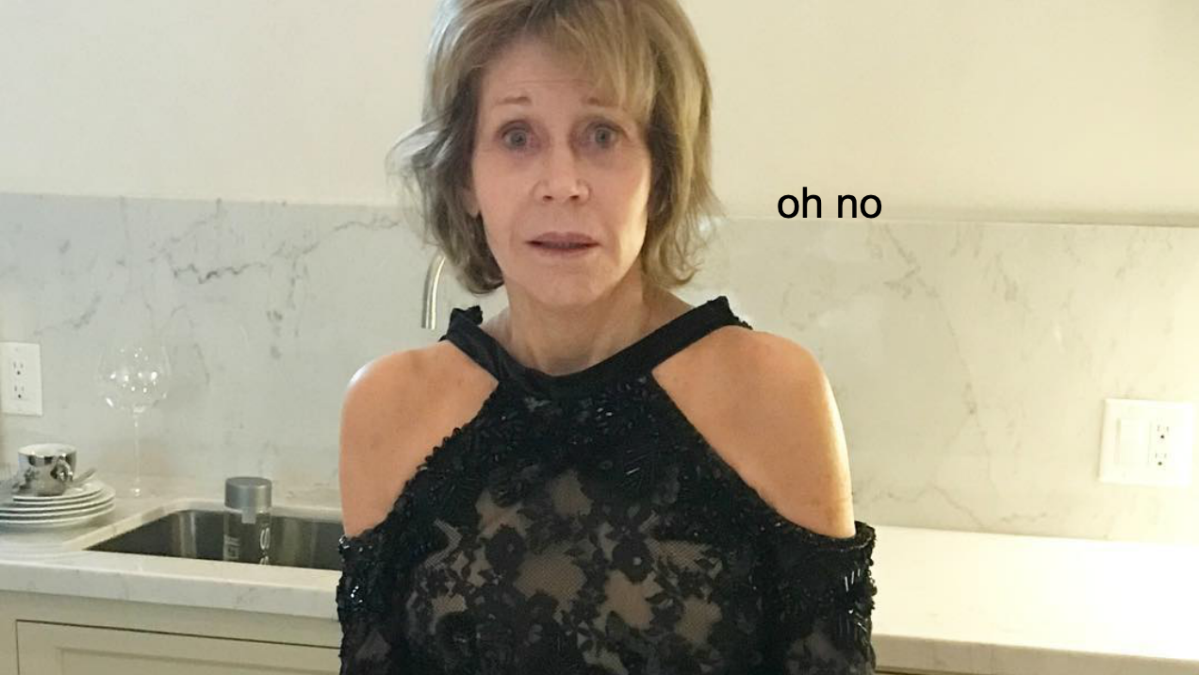
I’ll be honest with you. For an excessively long time, I had absolutely no clue about my super. It was just something that people would ask me about when I started a new job – and I started a lot of new jobs as I was going through high school and uni.
Every single time I’d fill in the paperwork, the name of my super account would absolutely escape me. I’d select employer’s super fund every time, in order to get it over and done with (YES I KNOW THIS IS BAD).
So it meant that at one point, I had about seven different super accounts open (YES I KNOW THIS IS WORSE). I had no idea what was in what, and at the time I didn’t even know that it was a bad thing.

Turns out, your super is actually, well, super important to stay on top of. All those accounts I had? Yeah… They were losing me money if you think about it. And I like money. I like money a LOT.
Basically, because my super was being split across so many accounts (instead of being consolidated like a good adult), I was paying a huge steaming pile of fees that I straight up didn’t have to be paying.
So if you’re in the same situation as me, I bet you’re feeling pretty foolish right about now, hey? Might be kicking yourself, even, for being so lackadaisical with your super. Silly! You probably wanna know exactly how to fix this mess you’re in.

Well, friend. If you’re stuck in non-consolidated super land, paying a pile of fees, here’s how you get out.
All you gotta do is research to find a super fund that aligns best with your financial interests. Think about where you want all your future jobs to chuck the employee contributions, look ahead to whether rolling it all over will cost you any moula, and check out if you’ll lose insurance benefits from your current provider.
Or, in my case, providers. Whoops.
According to ASIC, the things you’ll want to research most are the total balance from all your providers (to peep the fees for your grand total), where the potential providers invest your super (so that you don’t wind up investing in something you’re not about), the fees involved (lemme keep my money pls) and the level of insurance on your super (again, lemme keep my money pls).

Then you just need to consolidate. Basically, this means whacking all those non-essential superannuation accounts into the one that’s going to be right for you – and stop paying for a bunch of things you don’t even need.
And for the record, it doesn’t have to be a super fund you’re already with, or even the one with the largest amount of money in it at the moment. The best one for you might be one with a smaller amount in it, or a new fund altogether.
Then it’s all in one spot and you don’t need to stress about how dodgy your life will be when you hit retirement and your budget is less than the luxe life you deserve.
Nice.
This article was sponsored by ING (ING Bank (Australia) Limited ABN 24 000 893 292, Australian Financial Service Licence 229823) and written by PEDESTRIAN.TV. It’s also general in nature and does not take into personal circumstances, objectives or needs. Make sure you consider the appropriateness based on what you need and your financial situation. So speak to the experts before making financial choices, ok?



